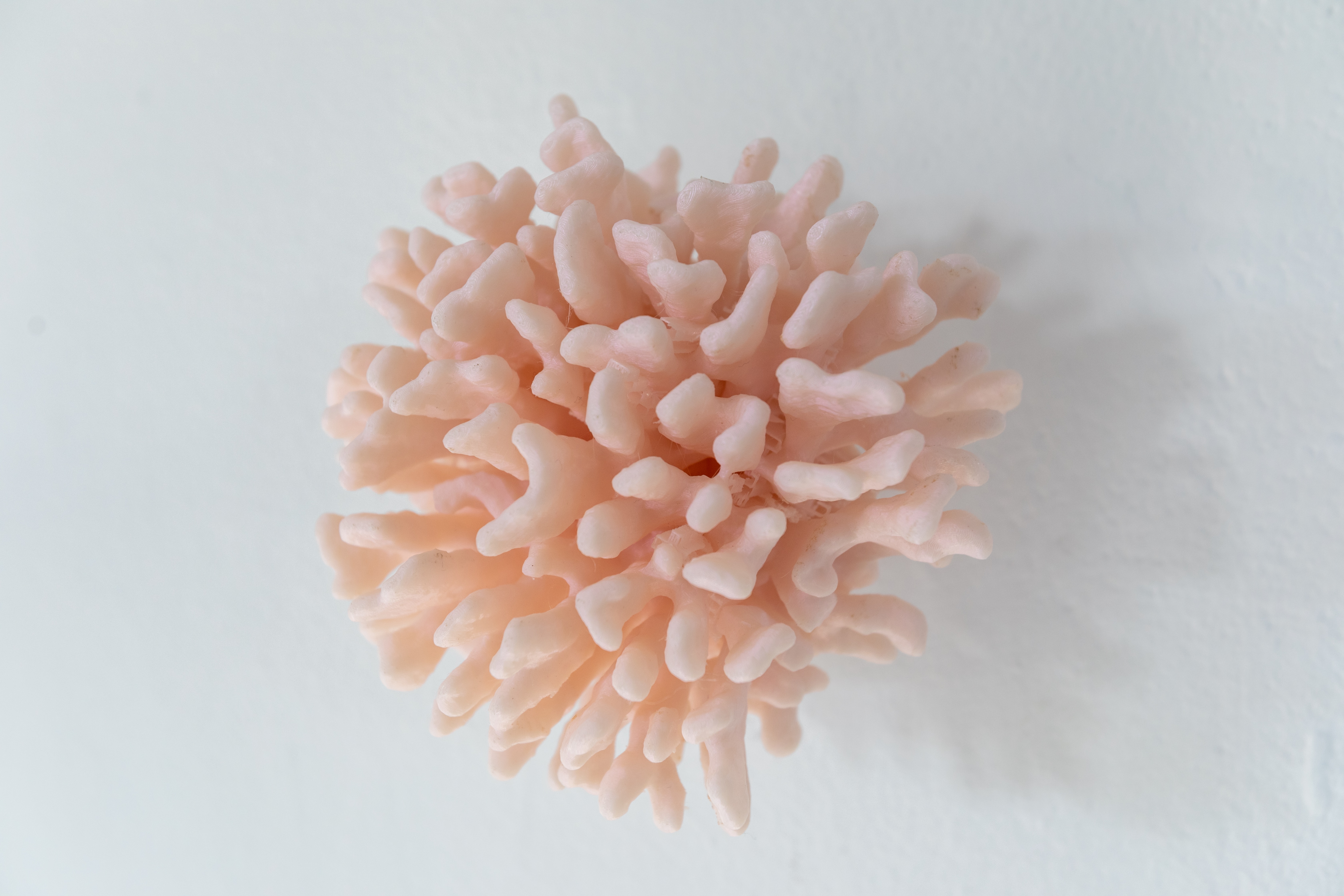Casting bronze using lost-wax technique
Where did this start, when does it end?2018
College of Creative Studies, University of California, Santa Barbara





In the summer of 2018, I assisted Kate Culhane in her PhD field work under Dr. Hillary Young, investigating the effects of the fire and subsequent mudslides on insect diet in river areas. We categorized the characteristics of the stream morphology and hydrology. As well as the presence and quantity of invertebrate species, algae, diatoms and more.
During our time in the mountains, I was inspired by the awesome force of fire and earth to sculpt a landscape. Learning to cast bronze with Barry Dwyane Hollis, I connect the process of using extreme heat to rehsaping something unmovable like metal to the power of natural disasters. Another feat of nature is its resilliance to disturbace, and its prevailing drive to live. This process of growth is reflecting in the dynamic three figures.
Using photogrammetry to create 3D models
Macro Micro 2019-2020
Santa Barbara Natural History Museum and University of California Santa Barbara
This work explores the multi-scale morphology of reef-building corals. Coral skeletons were analyzed with aesthetic intention in attempt to transform the data into tangible emotional objects. While working at the Santa Barbara Natural History Museum under Dr. Daniel Geiger, I used camera lenses and a Scanning Electron Microscope to investigate the tiny world of a polyp- the individual animal which, with millions of other polyps, builds a reef.
To represent coral morphology at a larger scale, I use a 3D modeling method called photogrammetry. For each model, many photographs are taken from all angles and processed by a program, Meshroom, to render a 3D model. I manipulate and 3D print the models, as well as printing the images taking with the SEM, though facilities in the Art Department at UCSB.
In ongoing work in the Allosphere with Dennis Adderton and Dr. JoAnn Kuchera-Morin in the Media Arts and Technology department at UCSB, I am able to experience the coral models in Augmented Reality. This new mode of experience enables viewers to ‘fly’ inside and around coral that once was a critical habitat-forming organism for a vibrant marine ecosystem.







